The Evolution of Canary Nest: From Natural Habitats to Pet Shops
Hey fellow bird lovers! Today we’re going to explore the fascinating journey of canary nests - from their natural habitats to being sold in pet shops.

Canary birds, with their vibrant colors and melodious tunes, have been a symbol of joy and music for centuries. But as these birds have transitioned from the wild into our homes, their nesting preferences have also undergone a significant transformation. This article will explore the journey of canary nests from their natural habitats to the shelves of pet shops.
Key Takeaways:
- Understand the transition of canary nests from natural environments to artificial ones in pet shops.
- Learn about the different materials and styles used in modern canary nests.
- Discover how to select the perfect nest for your pet canary to ensure its comfort and safety.
The Natural Beginnings
In the wild, canaries (Serinus canaria) are known to be resourceful birds, often building their nests in locations that offer safety and proximity to food sources. The selection results in nests that are intricately woven with natural materials like twigs, grasses, and leaves. These nests are not just homes but a testament to the birds' instinctual craftsmanship.
Adapting to Captivity
As canaries became popular pets, the need for a suitable substitute for their natural nesting sites became apparent. The cage became their new location, and with it came the introduction of man-made nests. These nests had to mimic the comfort and security of their wild counterparts while being practical for use in a home setting.
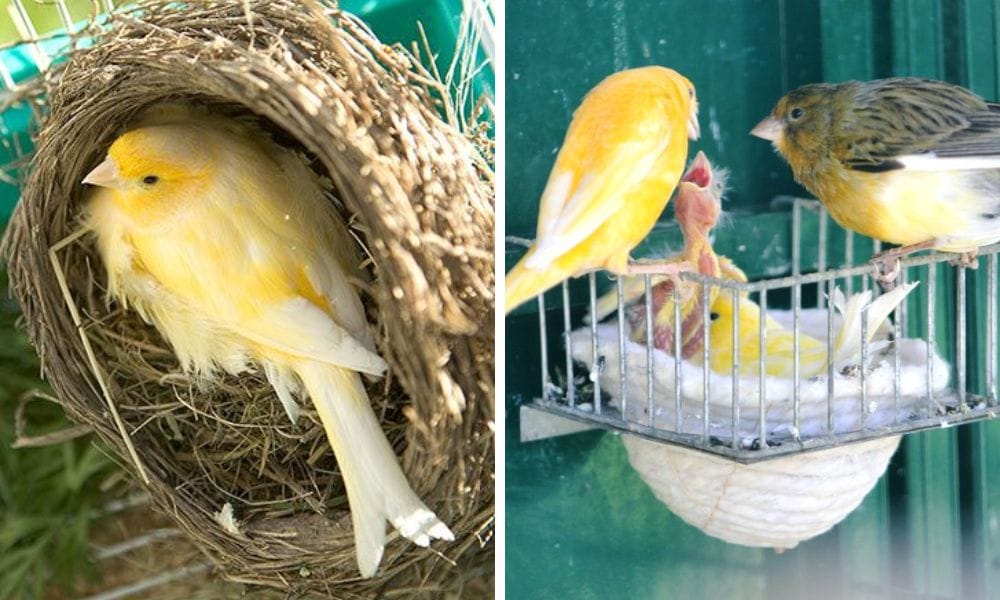
The Rise of Pet Shop Nests
Pet shops have played a pivotal role in the evolution of canary nests. They stock a variety of nests that cater to the different needs of canary owners. From simple bamboo nests to more elaborate metal options, the variety is vast. Each style is designed to add a sense of natural habitat within the confines of a cage.
Material Matters
When it comes to canary nests, the material is as important as the location. Natural materials like bamboo are often preferred for their similarity to the canaries' original habitat. However, synthetic materials are also accepted, offering durability and ease of cleaning. The selection of the nest material can greatly affect the well-being of the bird.
The Significance of Nest Placement
When it comes to canary nesting, the placement of the nest within the cage is a critical factor that can greatly affect the well-being of these delicate birds. Canaries have an innate need to feel secure and protected, which is why choosing the right spot for their nest is essential. In their natural habitat, canaries would select locations that offer safety from predators and harsh weather conditions. In a domestic setting, owners should aim to replicate this by placing the nest in a quiet, sheltered part of the cage, away from direct sunlight and drafts. This strategic placement not only provides comfort but also encourages natural behaviors, such as nesting and breeding.
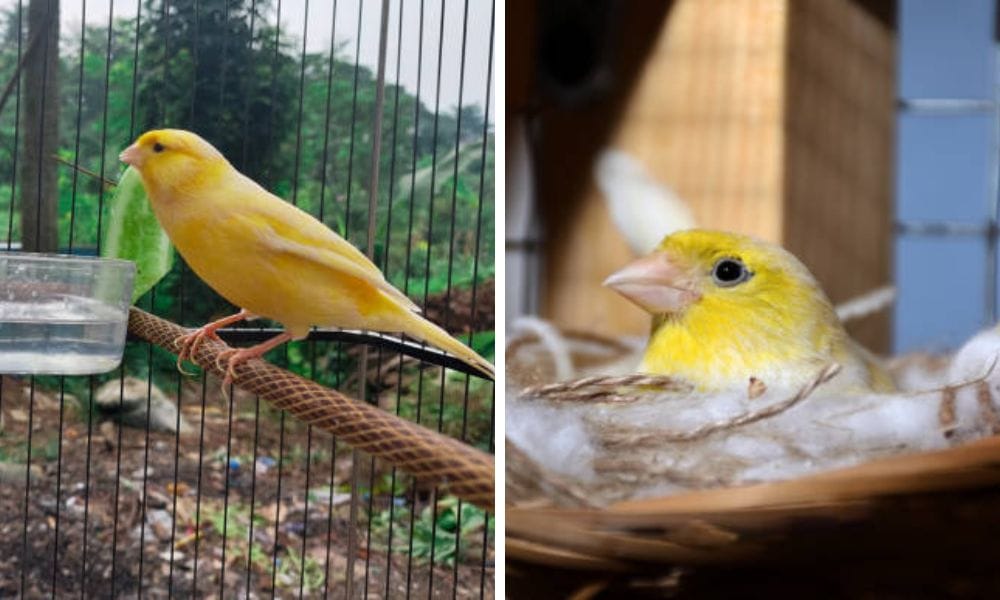
The Refreshing World of DIY Canary Nests
For the creative bird enthusiast, the DIY approach to canary nests offers a refreshing twist to the traditional pet shop options. Crafting a nest by hand not only allows for a personalized touch but also ensures that the materials used are safe and non-toxic for the birds. Enthusiasts can find a plethora of tutorials online, providing a step-by-step guide to creating the perfect haven for their canaries. These homemade nests can be tailored to the specific size and shape preferences of the bird, ensuring maximum comfort. Additionally, using natural fibers such as coconut fiber or untreated wool can mimic the materials canaries would use in the wild.
Moreover, the link between nest placement and canary health is undeniable. A well-positioned nest can reduce stress levels in canaries, leading to happier and healthier birds. It's important for pet owners to accept the responsibility of creating an environment that closely mimics a canary's natural surroundings. By doing so, they ensure that their feathered friends are sold on the idea of their new home, feeling content and secure. Observing the birds' behavior can serve as a sign of their comfort with the nest's location, and adjustments should be made accordingly to refresh their living space and maintain their well-being.
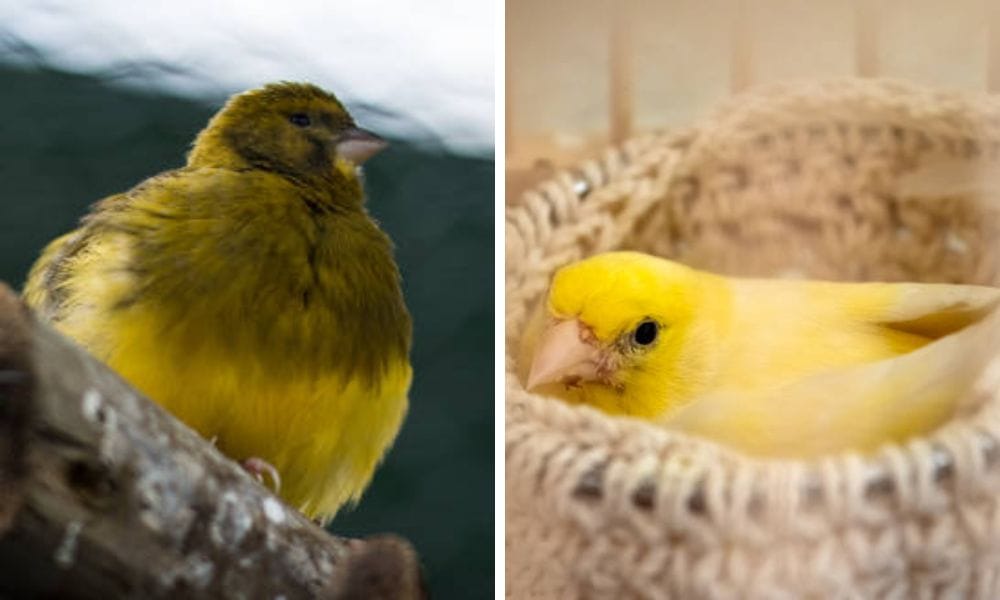
Design and Comfort
The design of the nest is crucial for the canary's comfort. A well-designed nest will be spacious enough to accommodate the bird and its future family, yet cozy enough to provide a sense of security. The traditional cup-shaped design is still prevalent, but variations exist to suit different cage styles and bird preferences.
The Importance of Selection
When adding a nest to your cart, it's important to review the options available. The size, style, and material should match your canary's needs. A complete understanding of your bird's behavior will save you time and ensure that the nest you select becomes a cherished home for your feathered friend.
If you are looking for the best canary nest, we have put together our blog about top 3 canary nest below and it to your amazing wish list.
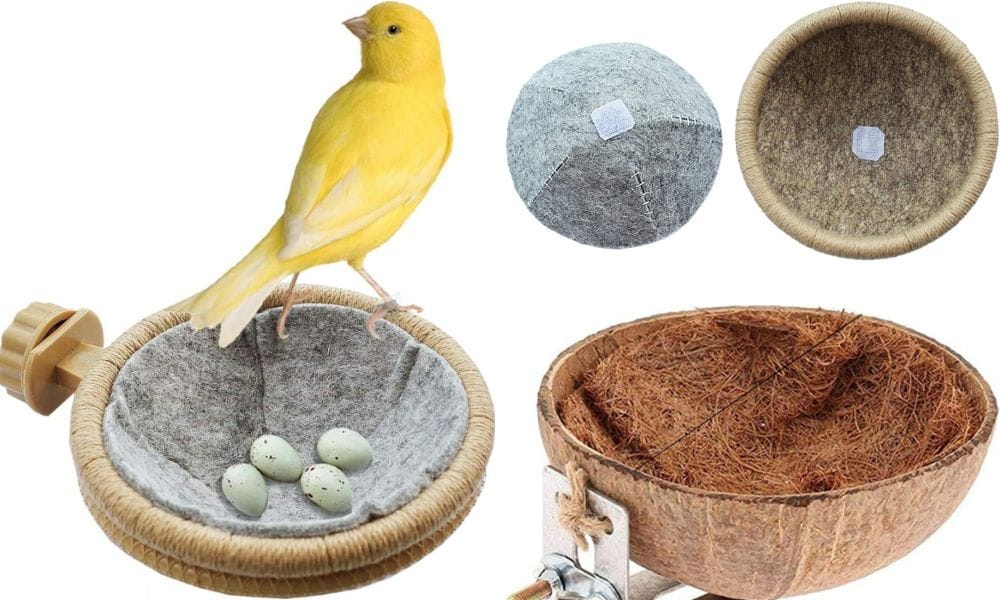
Online Availability
The digital age has made it easier to find the perfect canary nest. A full page of search results on a pet shop's site offers images and descriptions to help you make an informed decision. With options to add to your cart, save for later, or contact the seller for more details, the process is streamlined for convenience.
Customer Interaction
Pet shops encourage customers to leave a comment or review after their purchase. This interaction helps other canary owners in their selection process and provides valuable feedback to the shops. It's a community effort to ensure that the stock reflects the needs and preferences of the canary-owning family.
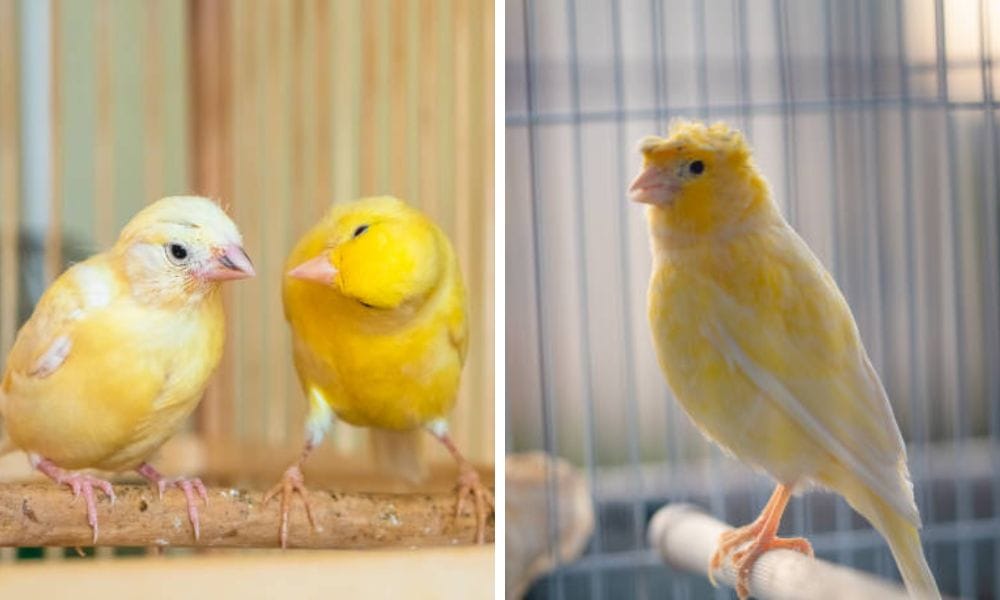
Summary
The evolution of canary nests from natural habitats to pet shops reflects the adaptability of these charming birds and the dedication of their owners. From selecting the right material and style to ensuring the nest fits comfortably in the cage, there are many factors to consider. By understanding the needs of your canary, you can provide a nest that not only serves as a bed but as a sanctuary for your pet.
FAQ Section
Q: What materials are best for canary nests? A: Natural materials like bamboo are often preferred for their comfort and resemblance to wild nests. However, synthetic materials are also widely accepted for their durability and ease of maintenance.
Q: How do I choose the right size nest for my canary? A: The nest should be large enough to comfortably fit the bird and its eggs but small enough to provide a secure and cozy environment. Always check the dimensions and compare them to the size of your cage and bird.
Q: Can I buy canary nests online? A: Yes, many pet shops offer a selection of canary nests online. You can review the options, read comments, and even contact the seller for more information to ensure you make the right choice for your pet.

